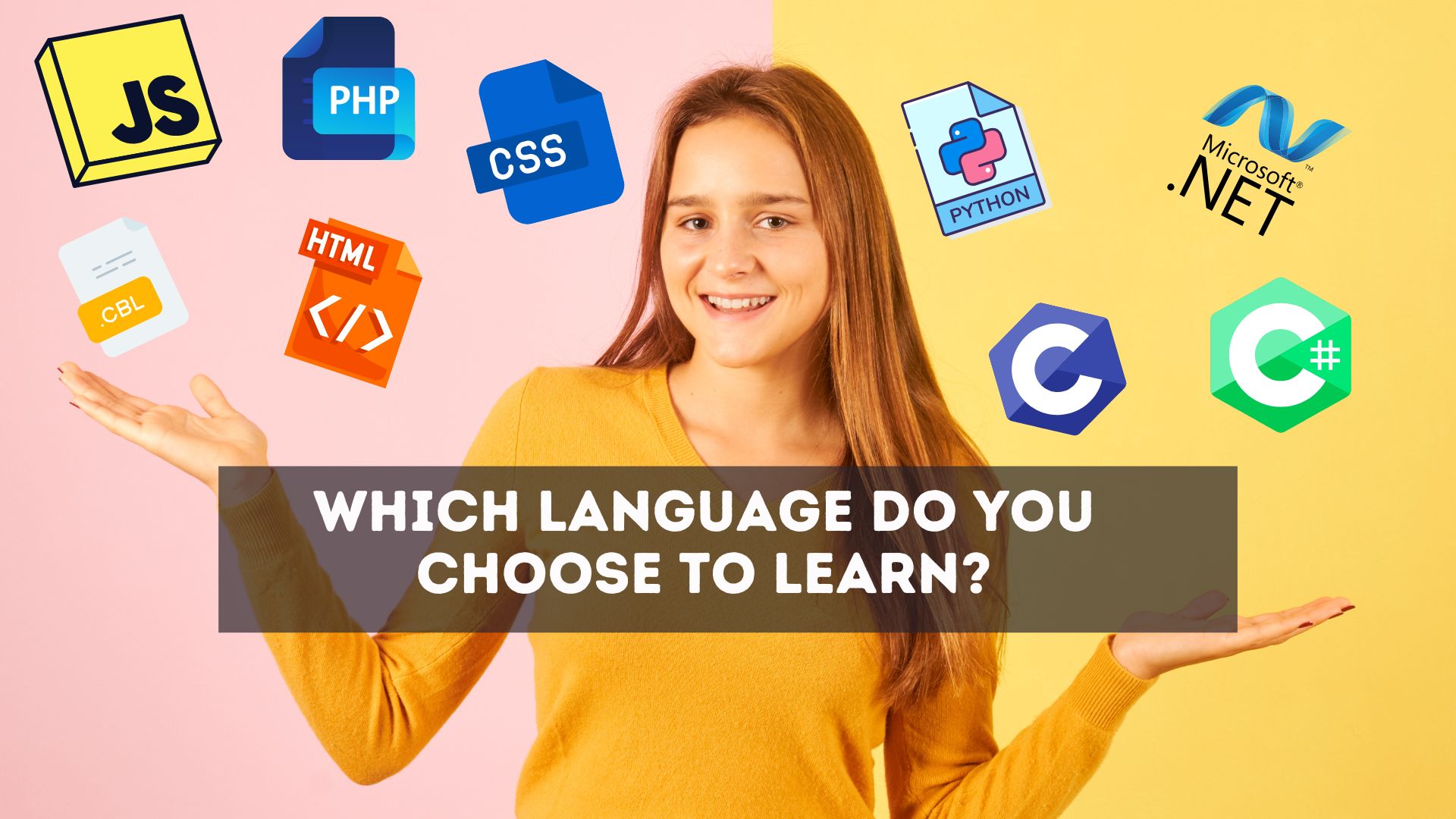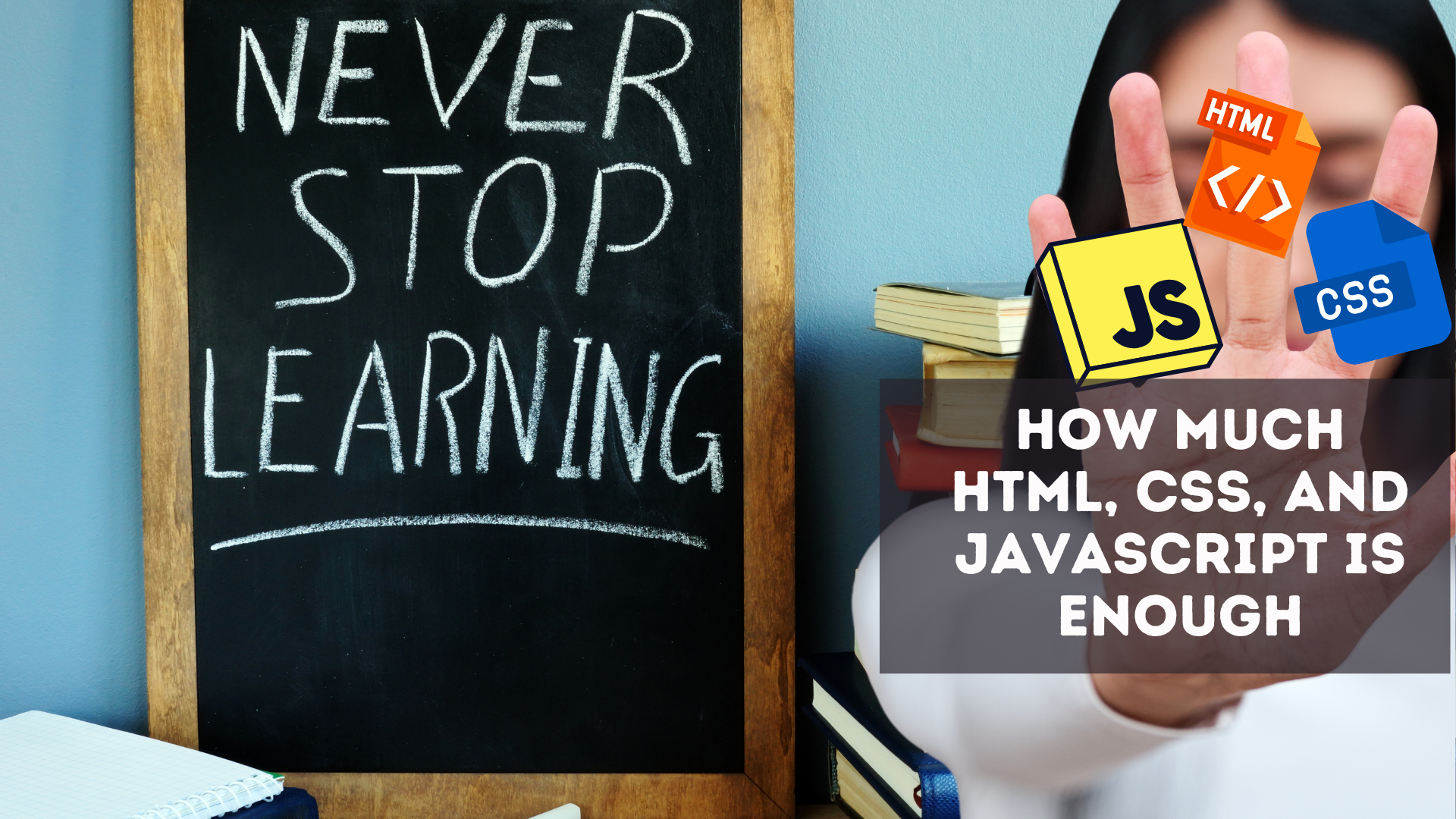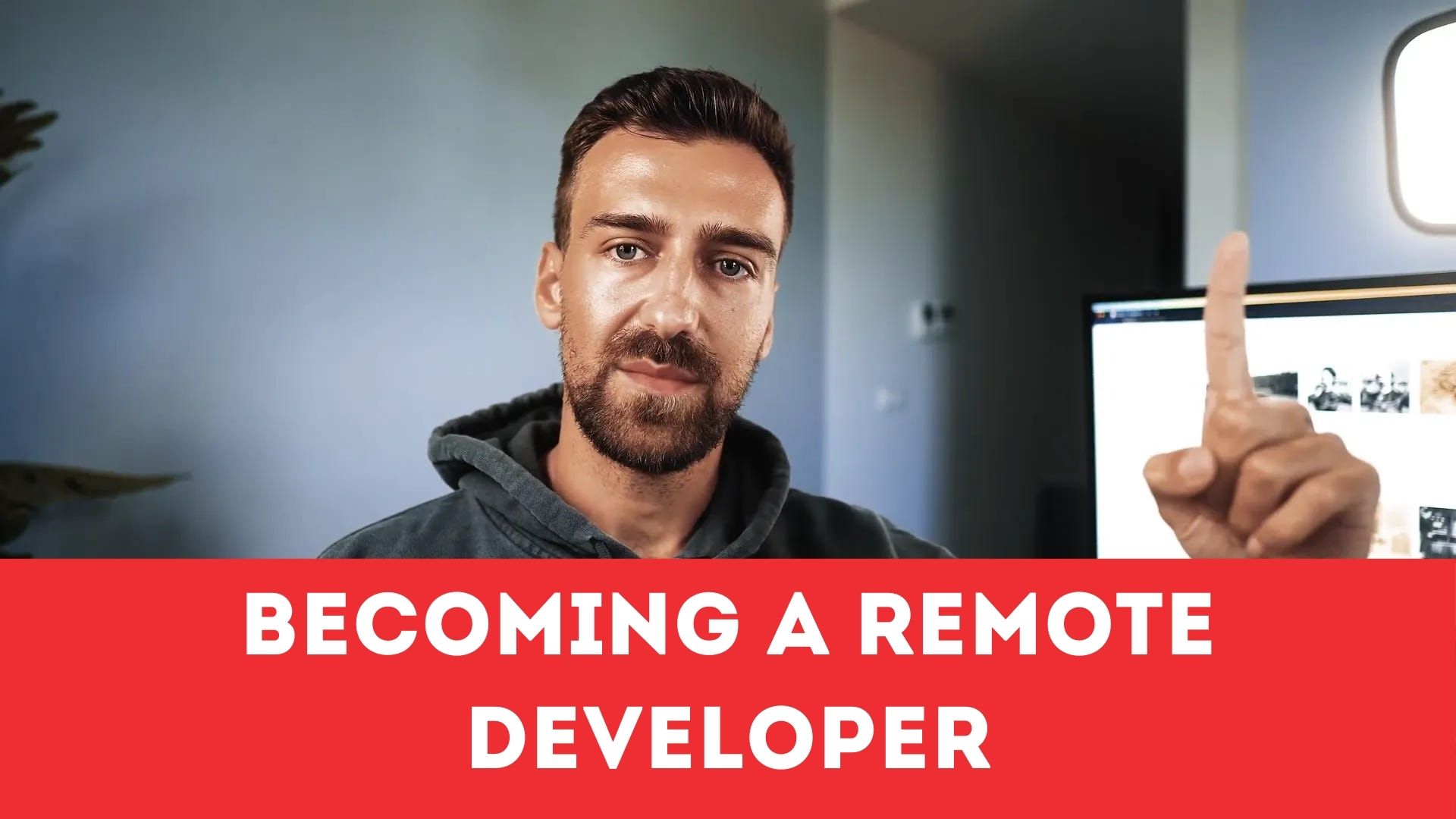Choosing the Right Programming Language for Your Tech Career in 2025

Choosing the Right Programming Language for Your Tech Career in 2025
With a plethora of programming languages available, it can be overwhelming for newcomers to determine which one to learn first. However, selecting the right language is crucial for launching your tech career effectively. This guide will explore various career paths in technology and the programming languages that are most relevant to them. By understanding your interests and the languages that align with your desired career path, you can make informed decisions and accelerate your journey into the tech world.
Understanding the Landscape of Programming Languages
Before diving into specific languages, it’s essential to acknowledge a common concern: the rise of artificial intelligence (AI) and its potential to replace software developers. While AI is indeed a powerful tool, it is not a replacement for developers. Instead, it serves to enhance productivity and streamline processes within software development. Therefore, learning to code remains a valuable skill that can lead to numerous opportunities in the tech industry.
Web Development: The Foundation of Online Presence
If you’re passionate about creating stunning websites or online applications, web development is the path for you. Web development can be divided into two primary areas: front-end and back-end development.
Front-End Development
Front-end development focuses on what users see and interact with on web pages. The key languages and technologies include:
HTML: Used for structuring web pages and content.
CSS: Responsible for styling and layout, making the website visually appealing.
JavaScript: Adds interactivity and dynamic features to web pages, allowing for a more engaging user experience.
Back-End Development
Back-end development involves the behind-the-scenes functionality of websites, including databases and server-side logic. Here are some popular languages for back-end development:
JavaScript: Surprisingly, it can also be used on the back-end through frameworks like Node.js.
Python: Known for its simplicity and readability, making it a great choice for beginners.
Java: A classic choice for enterprise-level applications.
PHP: Commonly used for server-side scripting.
C#: Often used in conjunction with the .NET framework.
Learning JavaScript allows you to become a full-stack developer, proficient in both front-end and back-end development, which can significantly enhance your employability and salary potential.
Mobile Development: Reaching Users on the Go
Mobile development can be categorized into two main types: native and cross-platform development.
Native Development
Native development involves creating apps specifically for one platform, either Android or iOS:
Android: Traditionally developed using Java, but Kotlin is gaining popularity for its modern features.
iOS: Swift is the primary language, while Objective-C is still prevalent in legacy projects.
Cross-Platform Development
Cross-platform development allows developers to write code once and deploy it on multiple platforms. The most popular tools for this include:
React Native: Uses JavaScript for building mobile applications.
Flutter: Requires learning Dart, which is used to create beautiful user interfaces.
Choosing to learn JavaScript can be advantageous, as it is applicable in various areas, including front-end, back-end, and mobile development.
Game Development: Bringing Ideas to Life
For those interested in creating video games, game development primarily relies on game engines. The two most popular engines are:
Unity: More beginner-friendly, often used in smaller studios. Requires knowledge of C#.
Unreal Engine: Used for creating visually stunning games, typically requires C++.
Embedded Systems: Bridging Software and Hardware
Embedded systems involve creating software that interacts directly with hardware, such as in smart devices or medical equipment. Popular languages in this field include:
C: Known for its efficiency and control over hardware.
C++: Offers object-oriented features and is widely used in embedded systems.
Rust: A newer language focusing on safety and performance, ideal for ensuring reliability in smart devices.
AI and Machine Learning: The Future of Technology
If you’re excited about the future of technology, consider a career in AI and machine learning. The languages commonly used in this field include:
Python: The go-to language for data science and machine learning due to its extensive libraries and frameworks.
R: Popular for statistical analysis and data visualization.
Choosing Your Path: Research and Community
Before deciding which language to learn, it’s essential to research job opportunities in your area. Check popular job boards to see which languages are in demand. Engaging with communities, such as online forums or local meetups, can provide insights and guidance as you embark on your coding journey.
Conclusion: Your Journey Starts Here
Choosing the right programming language is an essential step in building your tech career. Whether you’re drawn to web development, mobile apps, game development, embedded systems, or AI, understanding the languages associated with each path will help you make informed decisions. Remember, learning to code is a journey, and it’s okay to start small and gradually expand your skill set. PreCodeCamp would love to help you with that Journey.
Frequently Asked Questions (FAQ)
1. What programming language should I learn first?
Your first language should align with your career goals. If you’re interested in web development, start with JavaScript. For mobile development, consider Swift or Kotlin. If game development is your passion, C# for Unity or C++ for Unreal Engine is a good choice.
2. Is AI going to replace developers?
No, AI is a tool that assists developers, enhancing their productivity and efficiency. Learning to code remains a valuable skill.
3. How long will it take to learn a programming language?
The time it takes to learn a programming language varies based on your background and the complexity of the language. Generally, you can achieve a basic understanding within a few months with consistent practice.
4. Can I learn multiple programming languages?
Absolutely! Many developers learn multiple languages to broaden their skill set and enhance their job prospects. Start with one and gradually pick up others as you become comfortable.
5. Where can I find resources to learn programming?
There are numerous resources available, including online courses, coding bootcamps, and free tutorials. PreCodeCamp has courses that are free for learning the fundamentals of Python if you happen to be interested in that langauge.





